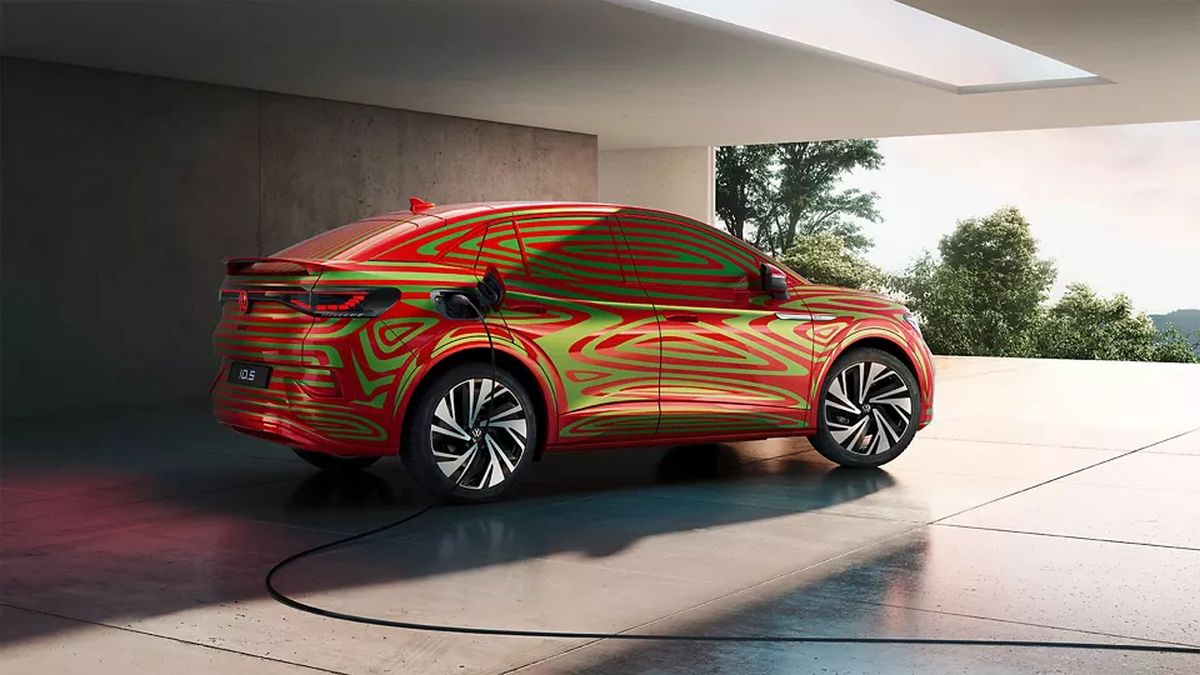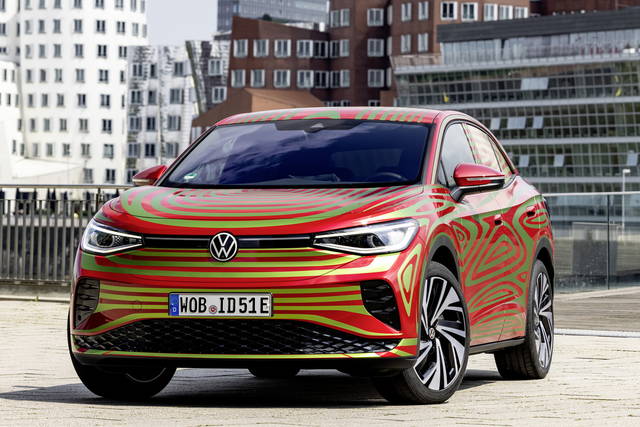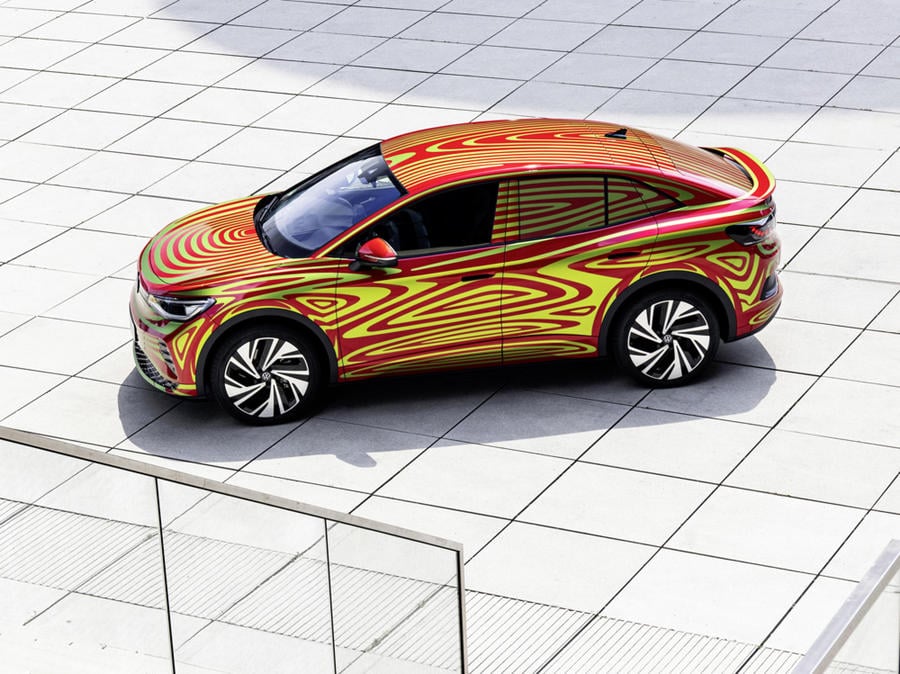
To satisfy sports enthusiasts who may no longer have the option of turning to a thermal vehicle in the near future, Volkswagen is about to market the ID.5 GTX, a sporty version of its SUV coupe, but this time, of course, 100 % electric. For the time being, the vehicle has appeared in public at the Munich Motor Show only under a slight camouflage that nevertheless reveals its final lines.

Based on the modular MEB platform, the Volkswagen ID.5 GTX is a coupe SUV that will only be available in 100% electric versions, and offers different powers for equally different uses. The vehicle completes the zero-emission range of the German manufacturer, and will enter the price list together with the ID.3 and ID.4 models already on the market. This SUV coupé is based on two electric motors that guarantee maximum efficiency, with a power that should easily exceed 300 hp. Elegant and sleek, the new ID.5 GTX is scheduled for 2022 and presents all the latest technologies of the German company. In particular, it offers the IQ.Light LED matrix headlights at the front, associated with three light elements in the honeycomb structures integrated into the shield: a light signature shared by all Volkswagen sports vehicles.

Volkswagen ID.5 GTX, the electric SUV that does not forget its “sportiness”
The GTX abbreviation continues the tradition of Volkswagen’s GTI, GTD and GTE models. In practice, it is the sportiest model for the ID.5 family, which currently only offers more “classic” versions of 109 kW, 125 kW and 150 kW (rear-wheel drive only). With one motor on each axis and a sharpened chassis for added dynamism, the GTX version of the ID.5 will be the most efficient offered in the catalog. Its larger capacity lithium-ion battery will deliver up to 497 km of autonomy. In addition, the car will be fully connected and will be compatible with the technology and equipped with the technology Car2X. This new version will strengthen Volkswagen’s electric vehicle offering, which aims to increase the share of all-electric cars sold in Europe 70% by 2030.















Leave a Reply
View Comments